Coneflower
- December 22, 2023
- 0 comment
Coneflower, scientifically known as Echinacea, is a vibrant and resilient flowering plant that graces gardens and natural landscapes with its distinct beauty. Belonging to the Asteraceae family, this perennial herb is native to North America and is renowned for its hardiness and striking daisy-like blossoms. The most common species, Echinacea purpurea, features stunning pink to purple petals surrounding a prominent, spiky central cone, creating an eye-catching display.
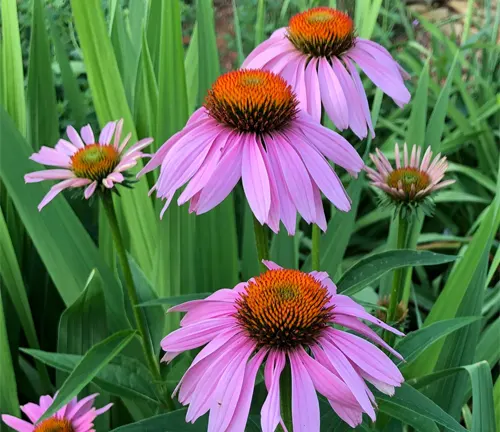
Beyond its ornamental appeal, coneflower has gained popularity for its medicinal properties, with indigenous communities using it for centuries to treat various ailments. In contemporary times, Echinacea has found a place in herbal medicine, believed by some to boost the immune system and alleviate cold symptoms. The plant’s adaptability to diverse climates and soil conditions makes it a favorite among gardeners, contributing to its widespread cultivation and availability in various cultivars. Coneflower not only adds a burst of color to landscapes but also holds cultural and therapeutic significance, embodying both aesthetic and functional qualities.
| Attribute | Details |
|---|---|
| Scientific Name | Echinacea |
| Family | Asteraceae |
| Common Species | Echinacea purpurea |
| Native Region | North America |
| Flower Color | Pink to Purple |
| Bloom Shape | Daisy-like with a central cone |
| Plant Type | Perennial Herb |
| Height | Typically 2 to 4 feet |
| Medicinal Uses | Traditional remedy for immune support and cold symptoms |
| Cultural Significance | Used by indigenous communities for medicinal purposes |
| Soil and Climate | Adaptable, thrives in various soil types and climates |
| Popular Cultivars | Numerous cultivars available with different colors and sizes |
| Growth Habit | Upright and bushy |
| Blooming Season | Summer to Fall |
| Wildlife Attraction | Attracts pollinators like bees and butterflies |
| Garden Use | Ornamental, suitable for borders and wildflower gardens |
Exploring the Enchanting World of Coneflowers
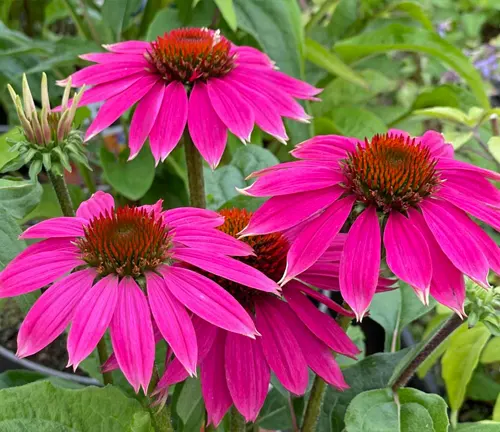
Coneflower, scientifically known as Echinacea, emerges as a captivating perennial herb within the vast family of Asteraceae. Native to the picturesque landscapes of North America, its botanical allure lies in the vibrant hues of its blossoms and the unique structure of its spiky central cone. With the most prevalent species being Echinacea purpurea, these botanical wonders bring a touch of natural elegance to gardens and meadows alike.
The Graceful Presence of Coneflowers in Gardens
In gardens and natural settings, Coneflowers stand tall as icons of woodland elegance. The enchanting display of pink to purple petals surrounding the prominent central cone creates a visual symphony, attracting the admiration of both casual observers and seasoned botanists. Their upright and bushy growth habit further enhances their presence, making them a favorite among gardeners seeking to infuse grace and charm into their landscapes.

Beyond Beauty, the Role of Coneflowers in Nature
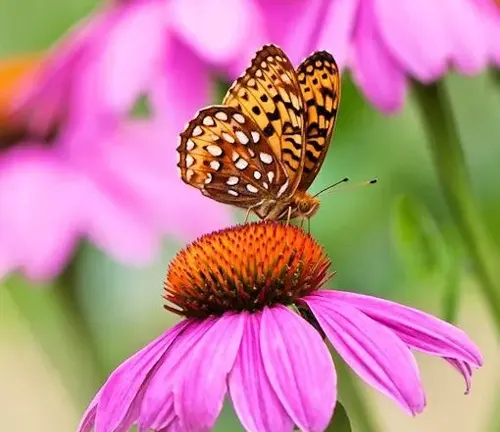
Coneflowers extend their impact beyond their visual appeal, playing a vital role in ecosystems. Serving as a magnet for pollinators such as bees and butterflies, they contribute to the delicate balance of biodiversity. Their presence in natural habitats supports the interconnected web of life, highlighting the ecological importance of these resilient and adaptable plants.
Nurturing Coneflowers for Future Generations
Gardeners and conservationists alike recognize the significance of cultivating and preserving Coneflowers. With their adaptability to various soil types and climates, these plants find a home in gardens around the world. However, as their native habitats face challenges, efforts to conserve and propagate Coneflowers become crucial for ensuring the continued existence of these botanical treasures.
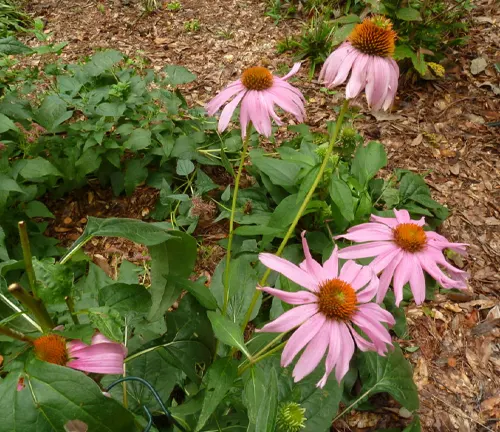
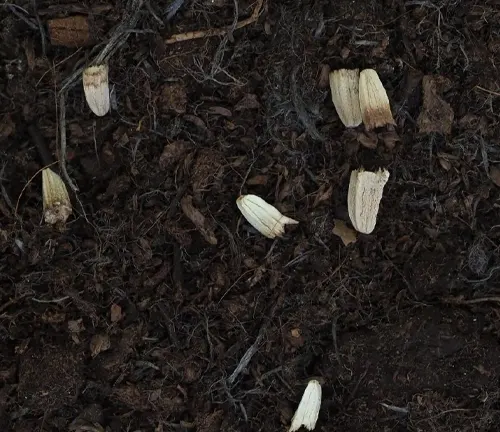
Coneflowers as Nature’s Sturdy Ground Cover
One of the unsung heroes in the plant kingdom, Coneflowers contribute to soil stabilization. Their extensive root systems help prevent erosion, making them valuable allies in maintaining the integrity of landscapes. In gardens and natural areas alike, these plants work silently but effectively to anchor the soil, showcasing their importance beyond their aesthetic appeal.
Traditional Remedies to Ornamental Delights
Beyond their ecological and stabilizing roles, Coneflowers have been utilized for centuries for their medicinal properties. Indigenous communities have traditionally employed them to support the immune system and alleviate cold symptoms. In contemporary settings, Coneflowers have found a prominent place in herbal medicine. Meanwhile, their ornamental variants have become staples in gardens, contributing bursts of color and vitality to landscapes.

Unveiling the Health and Aesthetic Advantages of Coneflowers

Delving deeper into the benefits of Coneflowers reveals a dual nature: health and aesthetics. Believed by some to boost the immune system, these plants have earned a place in herbal remedies, embodying a natural approach to wellness. Simultaneously, their striking appearance and adaptability make them a cherished addition to gardens, enriching outdoor spaces with both visual appeal and potential health benefits.
Unveiling the Biological Wonders of Coneflowers
Biological
Coneflowers, scientifically known as Echinacea, unveil a world of biological marvels that captivate botanists and nature enthusiasts alike. From the intricate structure of their blossoms to the resilient nature of their roots, these perennial herbs showcase the brilliance of nature’s design. Exploring the biological aspects of Coneflowers reveals a story of adaptation, pollination, and the intricate dance between the plant and its environment.
Tracing the Geographic Tapestry of Coneflowers
Coneflowers, with their diverse species and varieties, paint a vivid tapestry across the geographic landscape. From the sun-drenched meadows of North America to the cultivated gardens around the world, their habitat map tells a tale of adaptability and resilience. Understanding the specific regions where different species thrive provides insight into the ecological niches these plants call home.
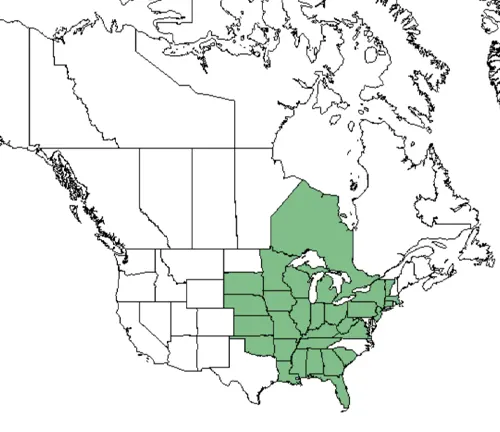
Decoding the Chemical Components of Coneflowers
Delving into the chemical makeup of Coneflowers unveils a fascinating chronicle of components that contribute to their medicinal properties. Compounds such as alkamides, polyacetylenes, and flavonoids work in harmony, offering potential health benefits. This exploration sheds light on the intricate biochemistry that makes Coneflowers not only visually appealing but also a subject of interest in herbal medicine.
Navigating the Potential Impacts of Coneflower Use
As Coneflowers gain popularity for their medicinal applications, understanding the potential side effects becomes crucial. While generally considered safe, some individuals may experience allergic reactions or interactions with certain medications. Navigating the side effect spectrum provides a comprehensive view, empowering users to make informed decisions about incorporating Coneflowers into their wellness routines.
Different Species
Echinacea purpurea
(Eastern Purple Coneflower)
This is one of the most well-known and widely cultivated species. It features distinctive pink to purple petals surrounding a spiky orange-brown central cone. It’s a popular choice in gardens and is often used for its medicinal properties.
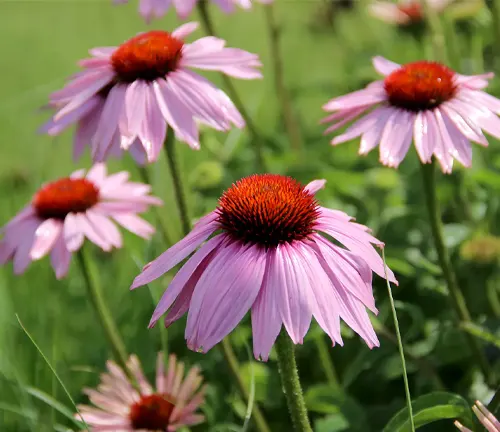
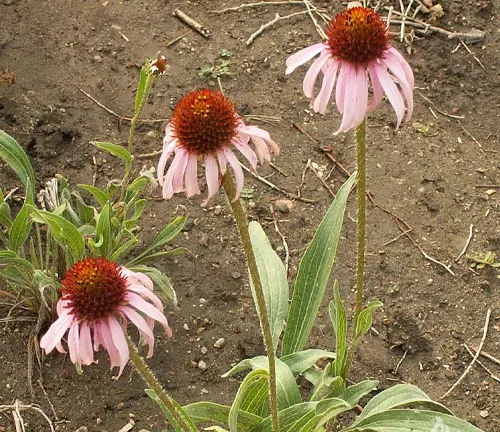
Echinacea angustifolia
(Narrow-Leaved Coneflower)
Native to the central United States, this species is characterized by its long, narrow leaves and pink to purple flowers. It has a reputation in traditional medicine among Native American communities.
Echinacea pallida
(Pale Purple Coneflower)
Recognizable by its pale pink to lavender petals and drooping petals, this coneflower species is native to the central and southeastern United States. It’s often found in prairies and open woodlands.
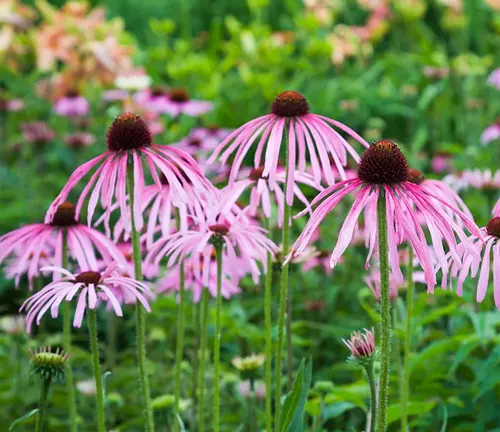
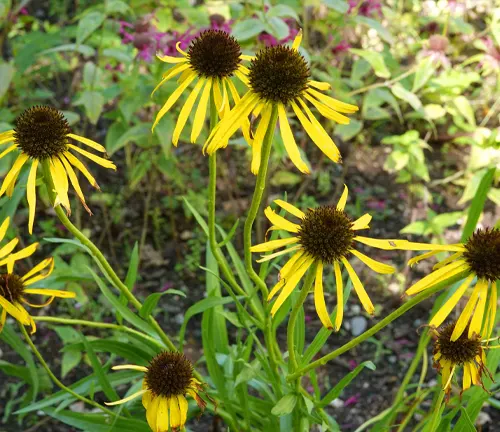
Echinacea paradoxa
(Yellow Coneflower)
Uniquely, this coneflower species stands out with its yellow petals and brown central cone. It’s native to the Ozarks region in the central United States.
Echinacea tennesseensis
(Tennessee Coneflower)
Endemic to a few limestone cedar glades in Tennessee, this coneflower has striking pale pink to lavender flowers. It is considered an endangered species and is subject to conservation efforts.
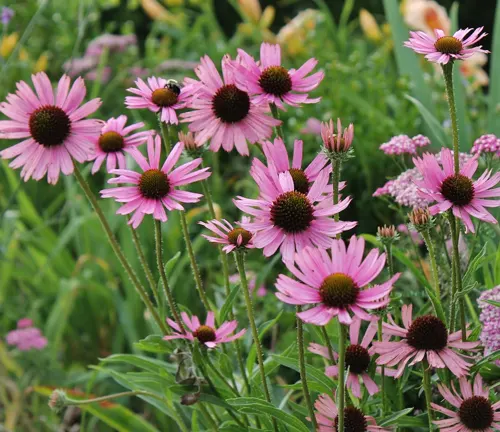
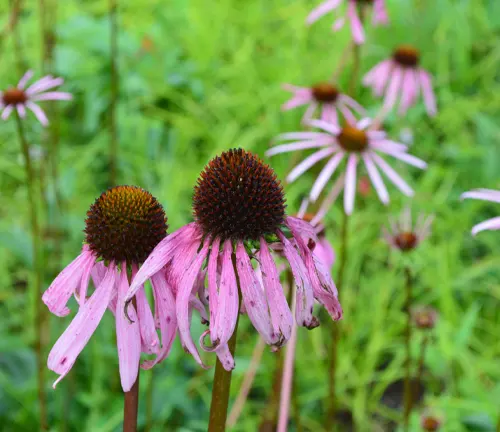
Echinacea laevigata
(Smooth Coneflower)
Native to the southeastern United States, this coneflower species features smooth, hairless leaves and pink to lavender flowers. It’s commonly found in woodlands and meadows.
Echinacea sanguinea
(Sanguine Purple Coneflower)
This species is known for its vibrant magenta to purple flowers and is native to the central United States. It thrives in prairies and open fields.

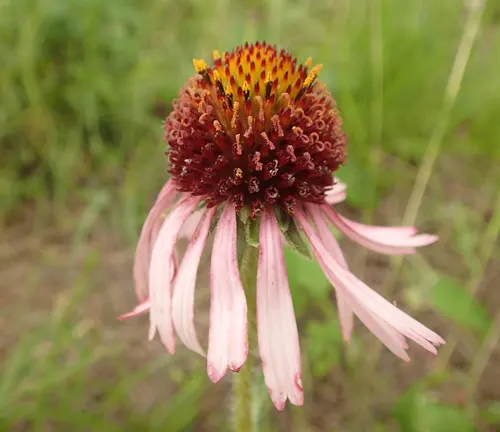
Echinacea atrorubens
(Topeka Purple Coneflower)
Found in the central United States, this coneflower species has deep purple flowers and is a favorite among gardeners for its rich color.
Frequently Asked Questions (FAQs)
1. What is Coneflower?
Coneflower, scientifically known as Echinacea, is a flowering plant belonging to the Asteraceae family. It is recognized for its distinctive daisy-like flowers with a spiky central cone.
2. Where are Coneflowers native to?
Coneflowers are native to North America, with various species found in different regions across the continent.
3. What are the common colors of Coneflowers?
The most common colors of Coneflowers are shades of pink, purple, and lavender. However, there are also yellow and white varieties.
4. Are Coneflowers suitable for gardens?
Yes, Coneflowers are popular choices for gardens and landscaping due to their vibrant colors, adaptability to different soil types, and ability to attract pollinators.
5. How do I care for Coneflowers?
Coneflowers are generally low-maintenance. They thrive in well-draining soil and prefer full sun. Regular watering and deadheading spent flowers can promote continuous blooming.
6. Are Coneflowers deer-resistant?
Yes, Coneflowers are often considered deer-resistant, making them a good choice for gardens where deer may be present.
7. Can I use Coneflowers for medicinal purposes?
Yes, Coneflowers, particularly Echinacea purpurea, have been traditionally used in herbal medicine. They are believed by some to have immune-boosting properties.
8. How do I propagate Coneflowers?
Coneflowers can be propagated through division in the spring or fall. Seeds can also be collected from mature flowers and sown directly in the garden or started indoors.
9. Are there any pests or diseases that affect Coneflowers?
Coneflowers are generally resistant to many pests and diseases. However, they may be susceptible to issues like aphids or powdery mildew under certain conditions.
10. Can I grow Coneflowers in containers?
Yes, Coneflowers can be grown in containers, providing they have well-draining soil and receive adequate sunlight.
11. Are there any endangered species of Coneflowers?
Yes, some species, such as Echinacea tennesseensis (Tennessee Coneflower), are considered endangered, and conservation efforts are in place to protect them.
12. Can I cut Coneflowers for bouquets?
Yes, Coneflowers make excellent cut flowers for bouquets. Cutting spent flowers also encourages continuous blooming.


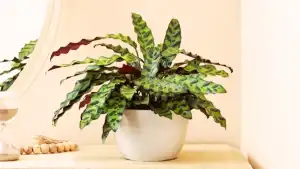
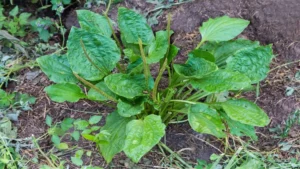
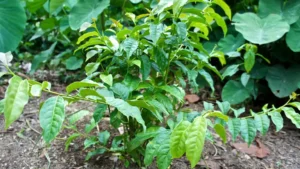
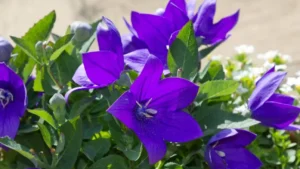




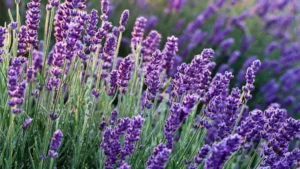


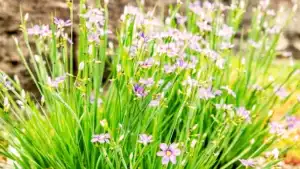
Leave your comment